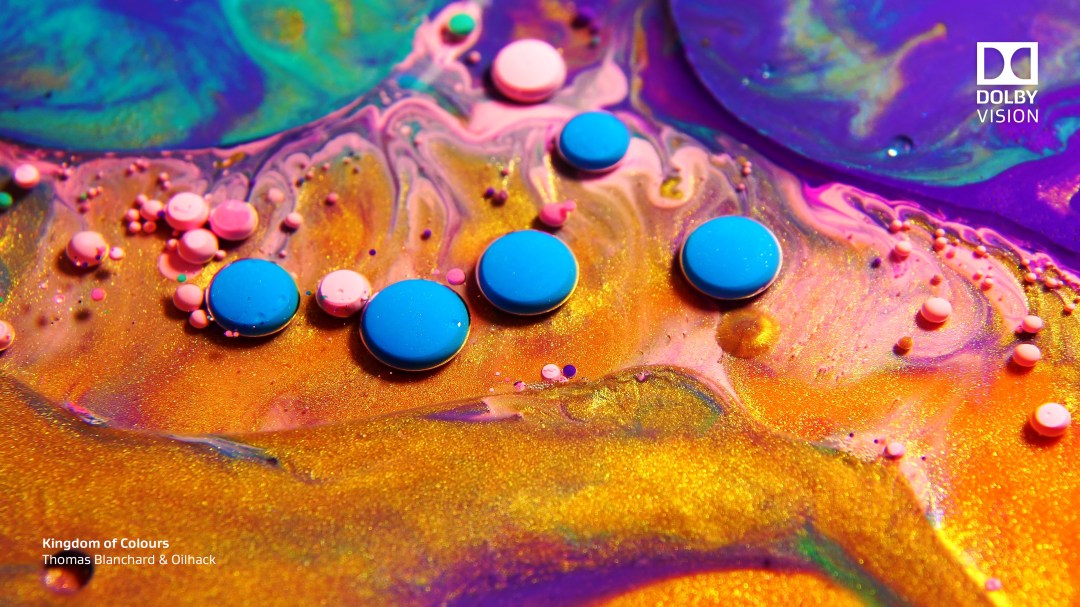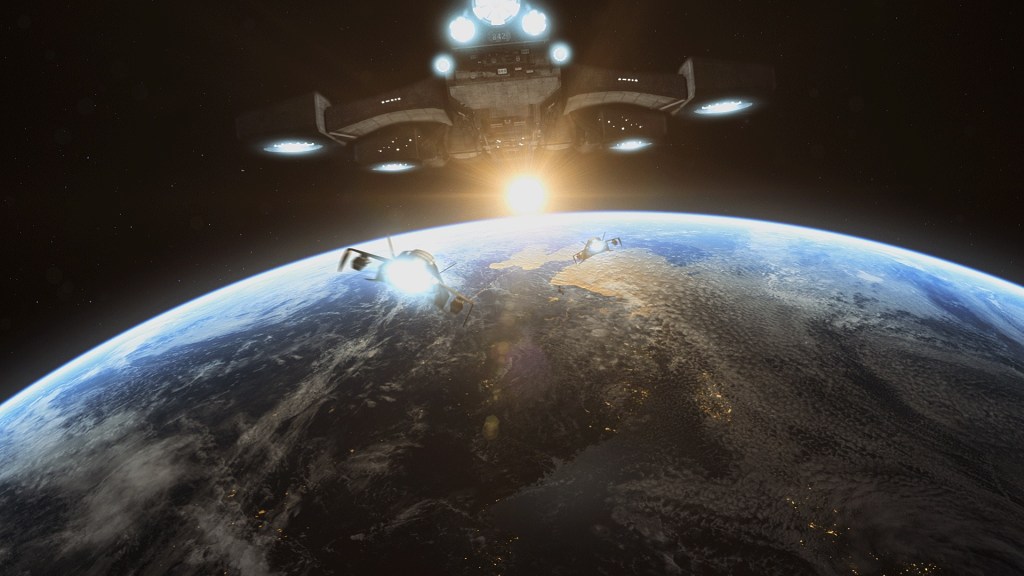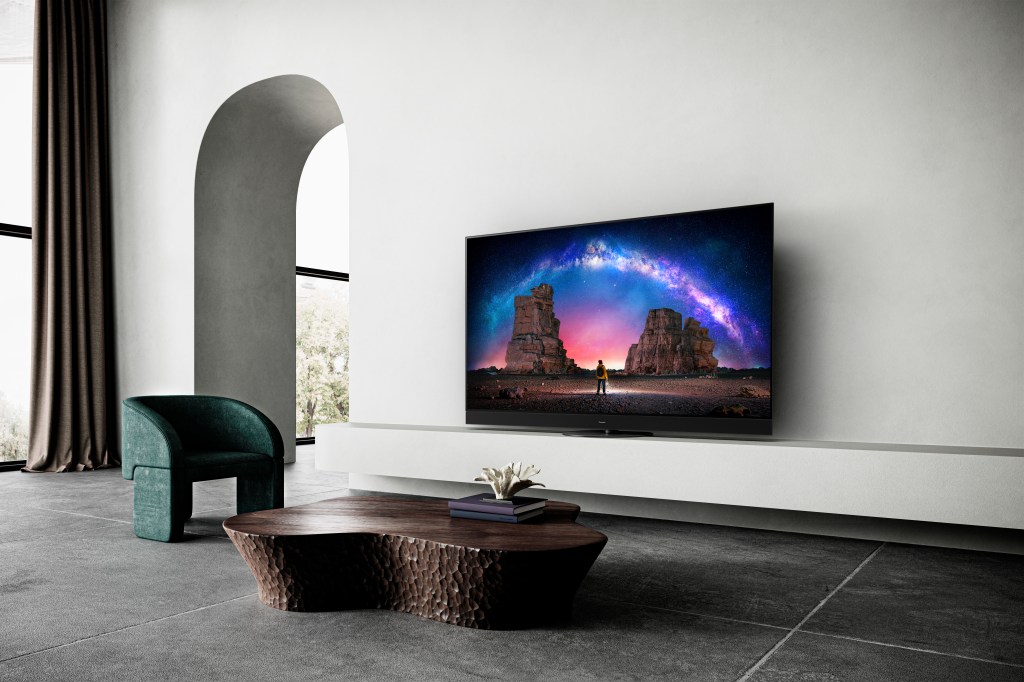What is Dolby Vision? The HDR format wars explained
HDR display technology is found nearly everywhere. But what do all the letters mean, and where can you watch it?

Dolby is one of the big players in sound and vision tech and has been for decades. You might have seen the Dolby Vision logo popping up on best 4K TVs over the last few years, but what exactly is it? Let’s find out…
What is Dolby Vision?
First, we need to talk about HDR (or High Dynamic Range). You’ll find HDR tech on pretty much all high-end and most mid-range TVs, particularly if they’re 4K. HDR is designed to boost colour and contrast on TV pictures. That means you’ll get brighter pictures, with much more detail in darker scenes. It also brings a wider colour range to make films and TV look as close to real-life as possible.
There are several rival HDR formats around, but Dolby Vision is probably the most well-known.

How does it work?
This is the techie bit. When films and TV programmes are produced, visual information from the filmmakers, such as how bright the scene should be, is stored on the final version that you see as something called metadata. When HDR uses ‘static’ metadata, that means it doesn’t change, so the entire film is set at one brightness level, even if one scene is set in a murky basement and the next is set on a brightly sunlit street. That’s how the older HDR format works.
Dolby Vision moves the tech on a step by using ‘dynamic’ metadata. This allows filmmakers to vary the brightness, not just for every scene but for every individual frame. Dolby Vision uses this dynamic metadata to continually adapt the picture on your TV to give you the best image possible, and it even takes into account the individual capabilities of your TV. Clever, eh?
Is Dolby Vision actually HDR?
In short, yes. It’s a type of HDR. There are several competing HDR formats which all aim to boost the colour and contrast of your TV visuals. HDR10 is the OG format so if you have an HDR-toting TV, it definitely supports HDR10. But the format is limited because it only uses static metadata.
Dolby Vision was the first format to bring dynamic metadata to the party and after it upped the stakes, an arch-rival appeared. HDR10+, developed jointly between Samsung, Panasonic and 20th Century Fox, also uses dynamic metadata so it can adapt the picture scene by scene, just like Dolby Vision.
However, Dolby Vision still has the upper hand when it comes to colours. HDR10 and HDR10+ only provide 10-bit colour depth (which is where the ’10’ in the name comes from), while Dolby’s tech uses 12-bit, which means its capable of serving up a much wider colour range.
Another lesser known format is Advanced HDR by Technicolor. Developed by Hollywood movie tech gurus Technicolor in collaboration with LG, the format hasn’t really caught on just yet, so we’re not sure if it will stick around.
There’s also an HDR format called HLG (Hybrid Log Gamma) but you don’t need to worry about that, as it’s purely for HDR broadcasts.
How can I watch Dolby Vision?

You’ll need an HDR-ready TV, specifically, one that carries the Dolby Vision logo. Most of the big TV makers support it, including LG, Panasonic, Sony, Philips and Panasonic. The only place you definitely won’t find it right now is on Samsung TVs, as the Korean brand is firmly in the HDR10+ camp.
With more 4K Ultra HD Blu-rays now available, you can also get 4K Blu-ray decks that support Dolby Vision and you’ll also find it on most of the top-tier streaming sticks including Chromecast with Google TV and Amazon Fire TV Stick 4K.
You can also catch Dolby Vision on the big screen at a Dolby Cinema. These branded cinemas also use Dolby Atmos, the company’s immersive audio tech.
Can I get Dolby Vision on mobile?
You sure can. Dolby Vision made its mobile debut on the LG G6 and is now supported by all the latest Apple iPhones. What’s more, Apple actually introduced the ability to capture Dolby Vision footage with the iPhone 12 Pro and iPhone 12 Pro Max, which has also carried through to the iPhone 13 models.
You can also get laptops with Dolby Vision support, including models from Microsoft and Lenovo.
What supported content can I watch?

Along with an increasing range of 4K Ultra HD Blu-rays mastered in Dolby Vision, the best source for compatible content is the major streaming services. Both Netflix and and Disney+ have a solid selection of content, while Amazon Prime Video and Apple TV+ have a more limited choice. In the U.S., Vudu is also on board the Dolby Vision train.
And it’s not just about film and TV. The technology is also available on an ever-growing roster of games. The format is supported by the Xbox Series S and Xbox Series X, but don’t expect to see it on any Sony PlayStation consoles any time soon.
What is Dolby Vision IQ?
Dolby Vision IQ is a souped-up version of the regular tech that adjusts the screen brightness scene by scene, depending on how light or dark your room is. It does this by using built-in light sensors in the TV, along with Dolby’s fancy dynamic metadata.



